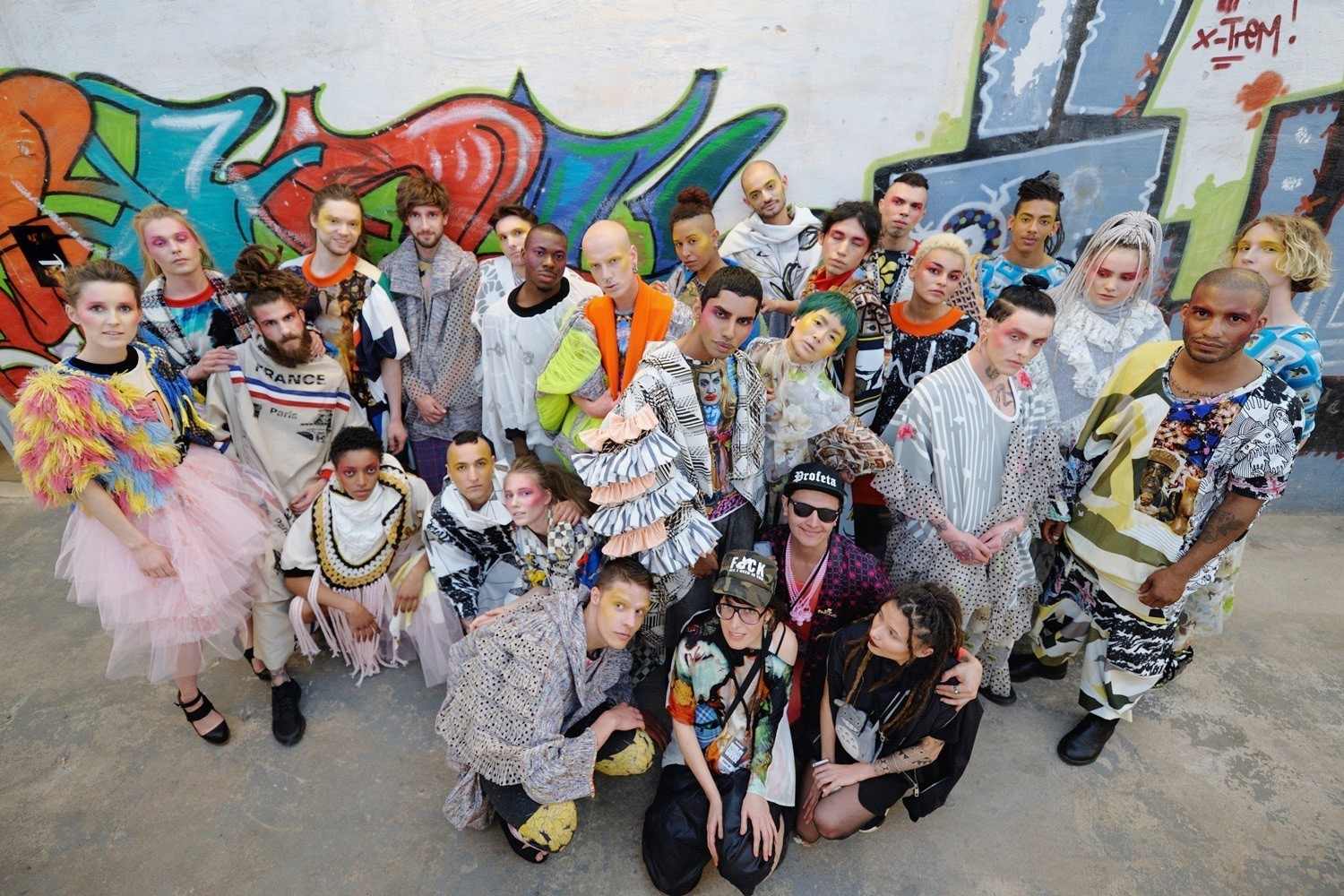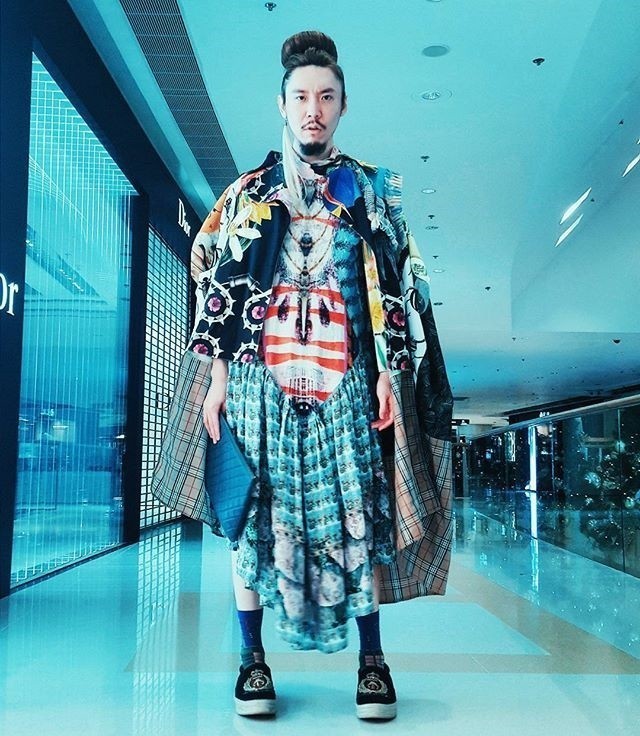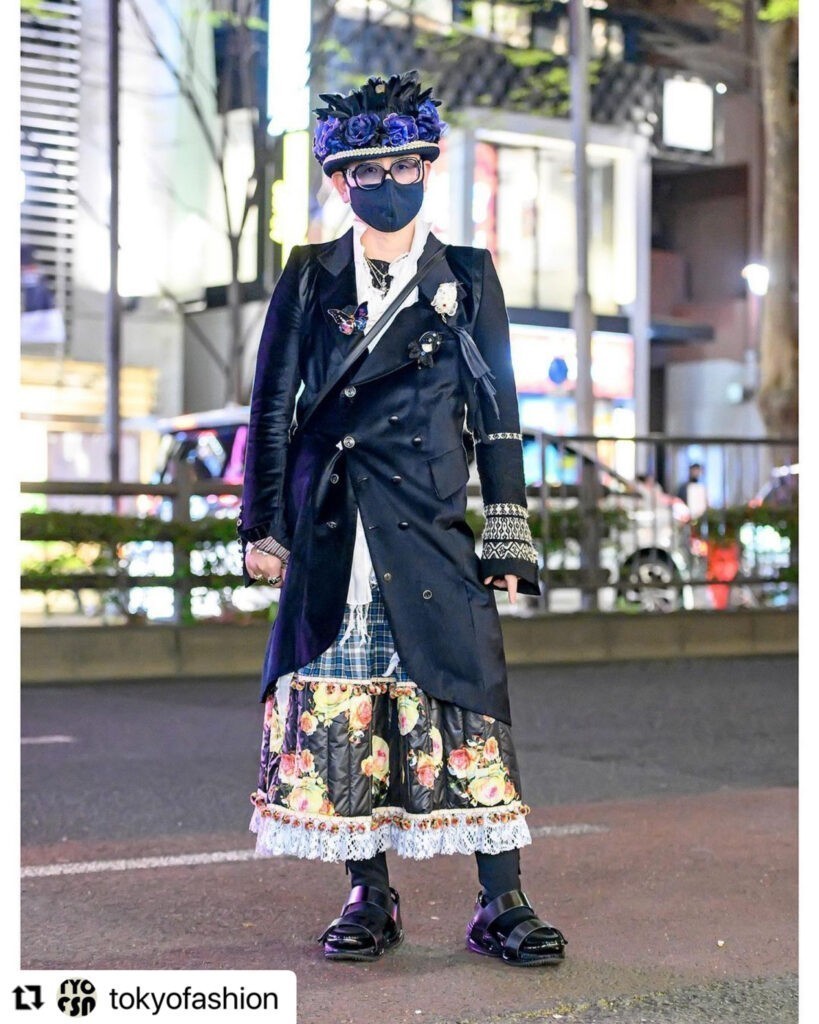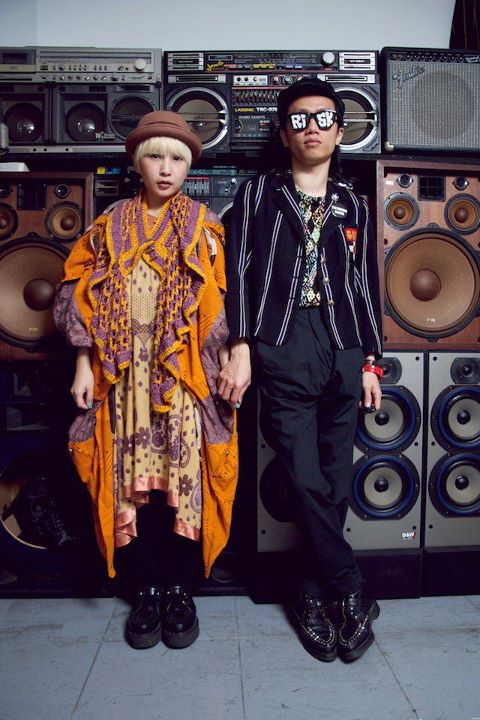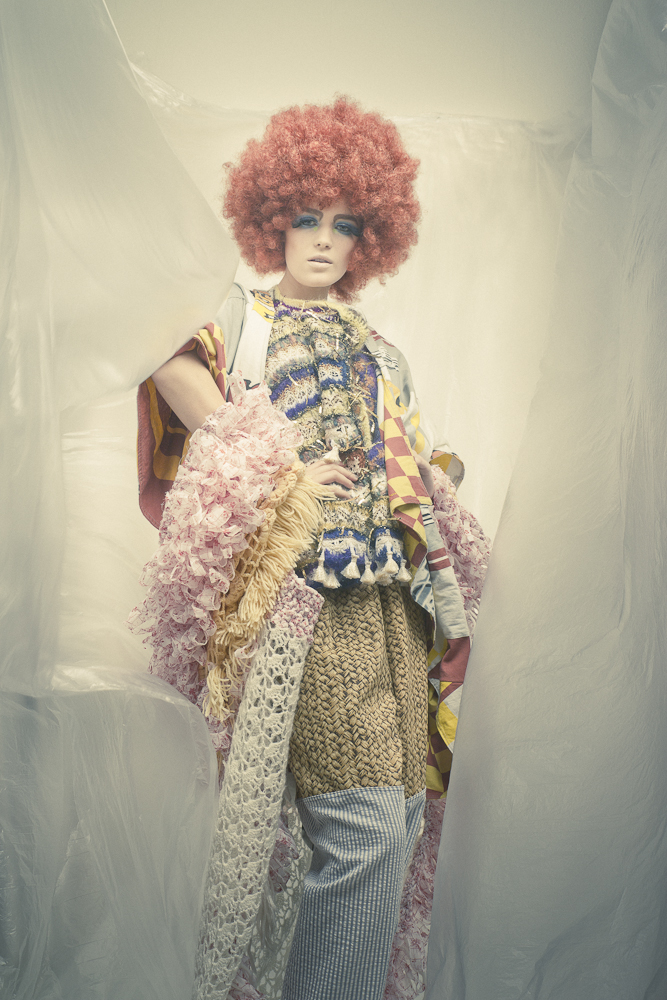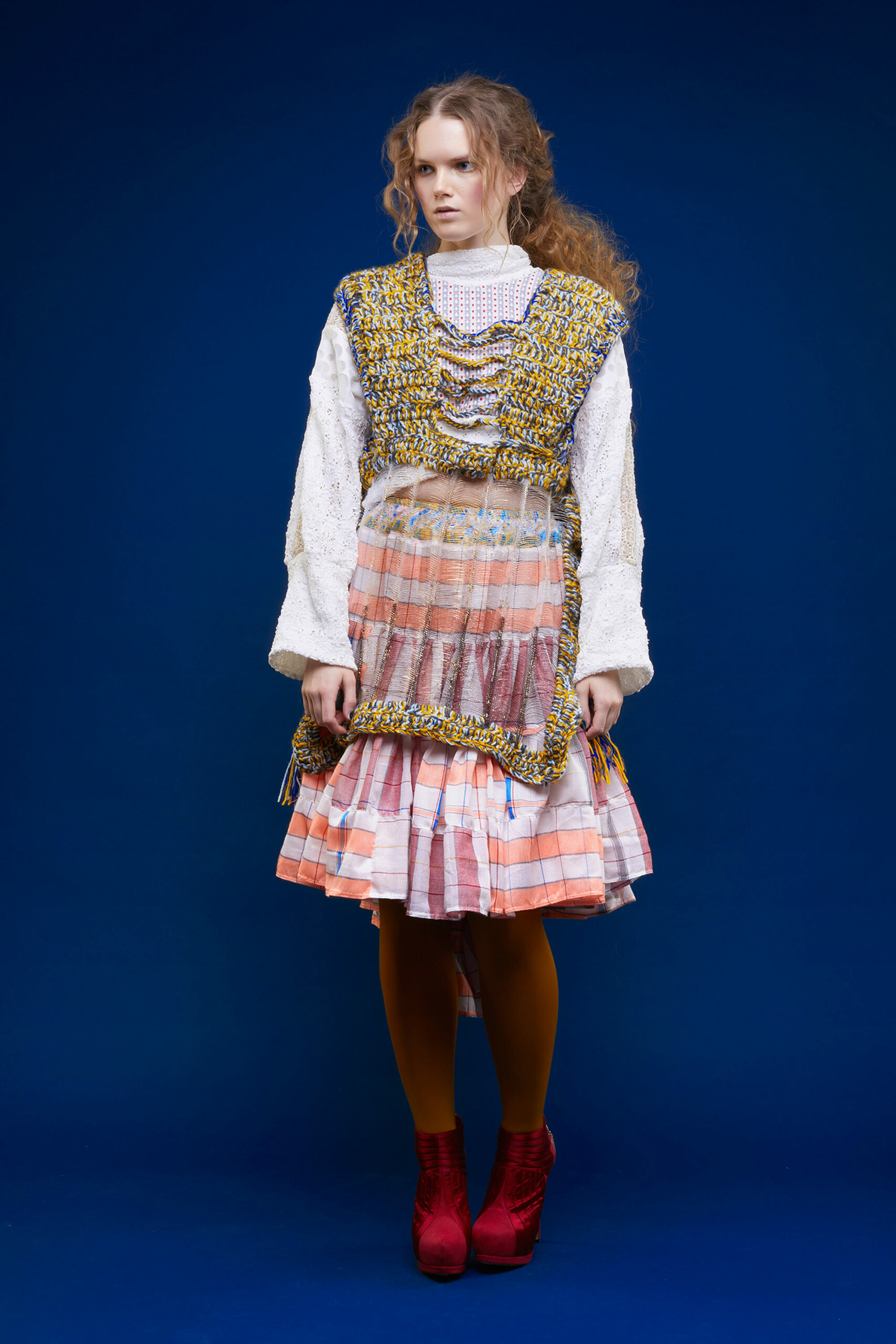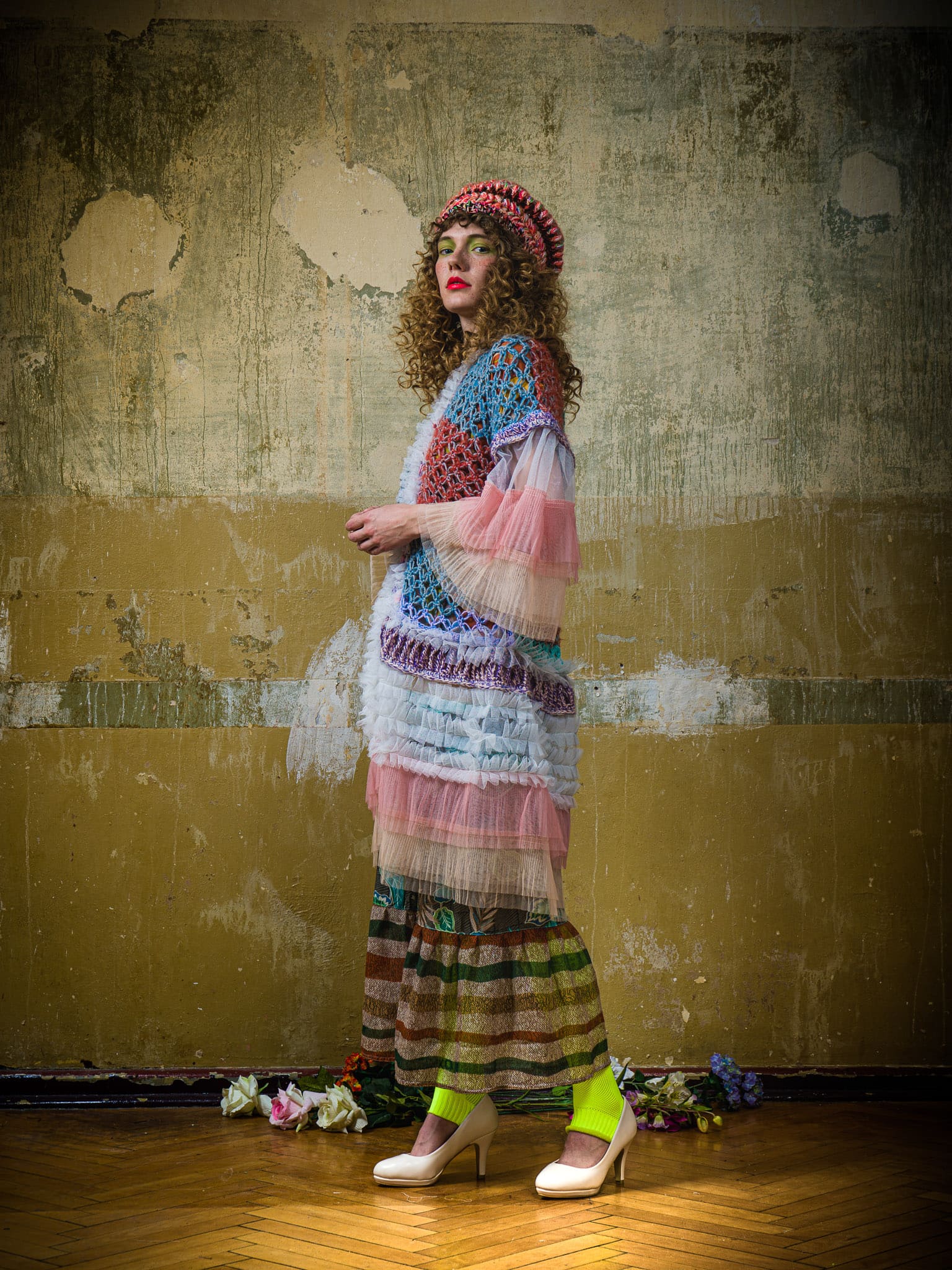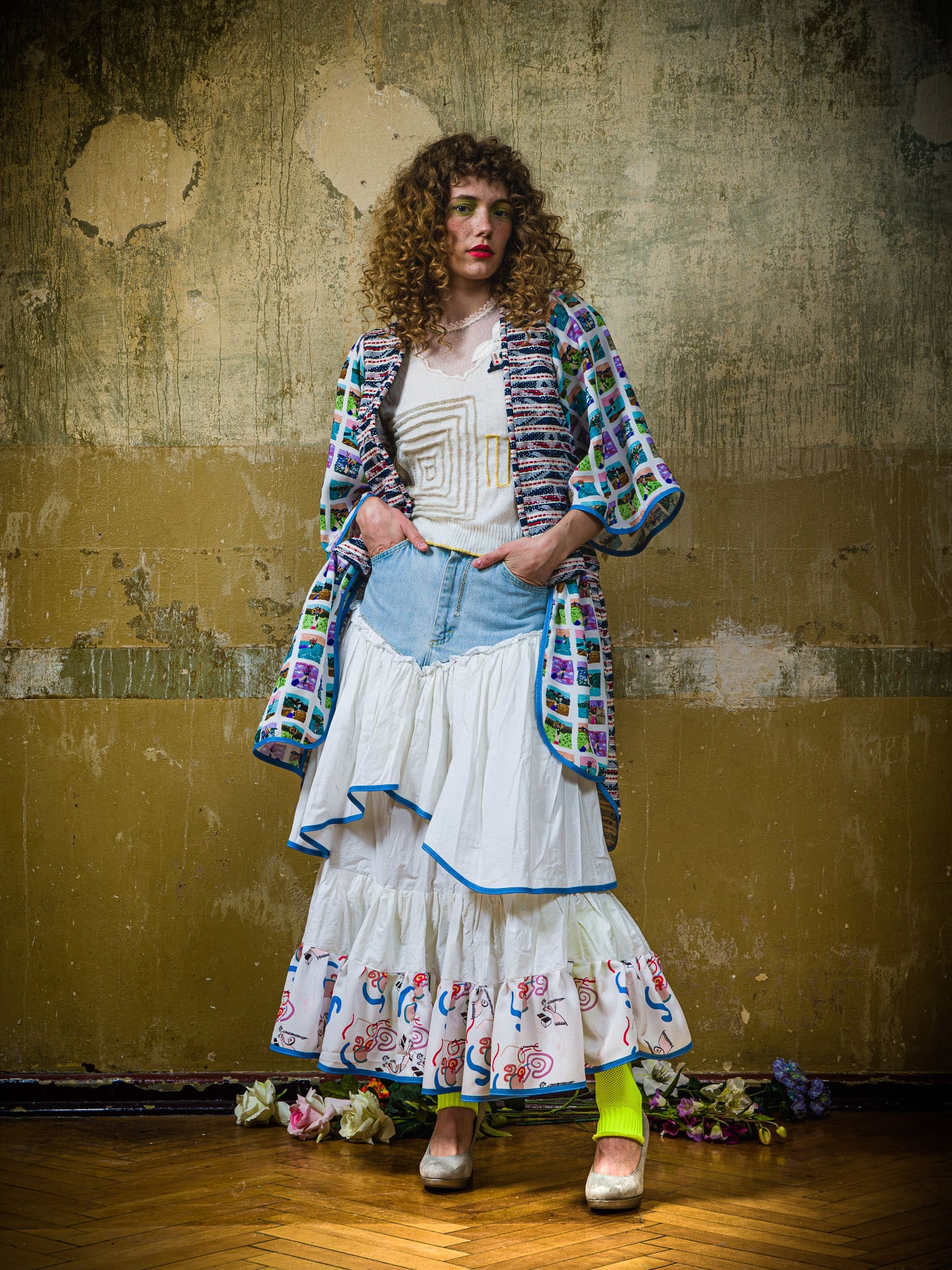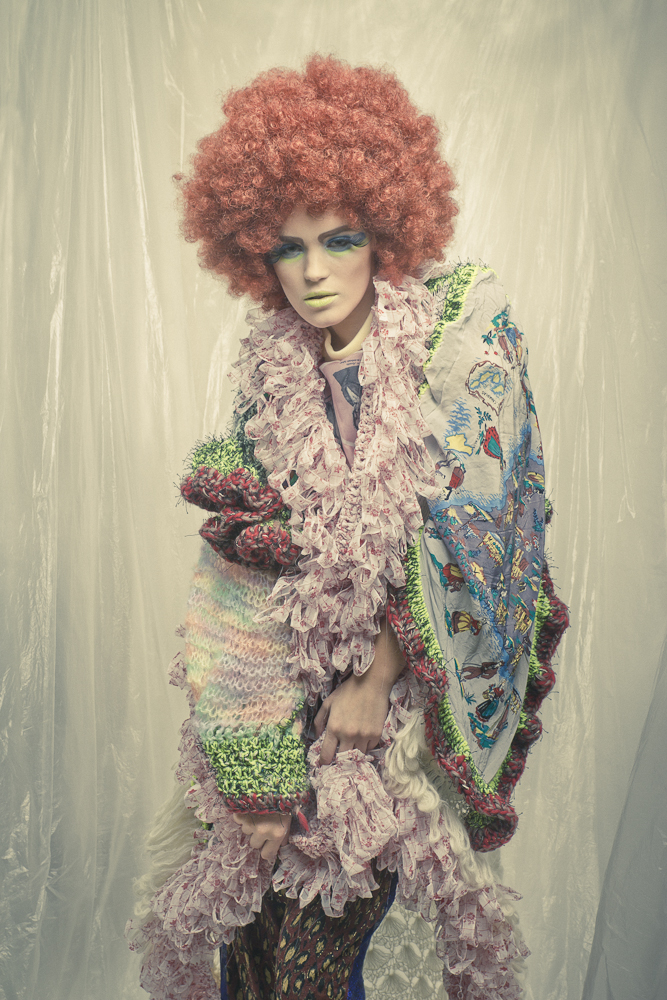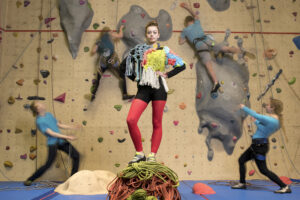Layering in Fashion, Unveiling the Evolution from Necessity to Trend, by Emma Pédurand
Layers of ethics
Last September, I took part in a remake of Yoko Ono’s 1964 ‘Cut piece’ performance at the Neue Nationalgalerie in Berlin. A middle-aged woman dressed in a black dress was sitting on the ground without moving or speaking while people from the audience stood up one after the other to cut off a piece of her garment. Interestingly, the principle of taking soon gave way to that of giving, with people stripping themselves of a piece of their own garments – a shirt’s label, hair strands, even a whole scarf – to lay them artistically upon the woman’s body. The very intention of covering up felt like a religious tribute to the dignity of the woman made vulnerable under the scissors.

Fashion from moral to individual claims
Layering up initially stems from the necessity to dress warm for winter. Yet layers of clothes also speak for moral and traditional heritage. In the Genesis, it was told that the Lord made “garments of skin” to Adam and Eve before they were sent to Earth. Clothing was considered as “inherently deceptive and was invented for its properties of concealment”1. This fundamental myth presents dressing – and by extension, layering up garments – as a curse casting the shame of nudity and sin over humanity.

October 2023 exhibition at the Lichtenberg townhall in Berlin. Clothes designed by Fade Out Label. Photo ©Emma Pedurand
Over the centuries however, representations of clothing evolved from a place for vanity, pride and superficiality to a place for freedom, revelation and truth. In the Middle Ages and early Renaissance, each new clothing invention was condemned by the religious authorities as a way to “excite lust alike in men as in women”, a sign of “pride” and “vain-glory and wordly pomp” (according to a Benedictine preacher from the 15th century), which means the very “fact of clothing caused moral tension in medieval culture”(1).
(1) Sarah-Grace Heller. A Cultural History of Dress and Fashion in the Medieval Age, Bloomsbury.; London, 2017.
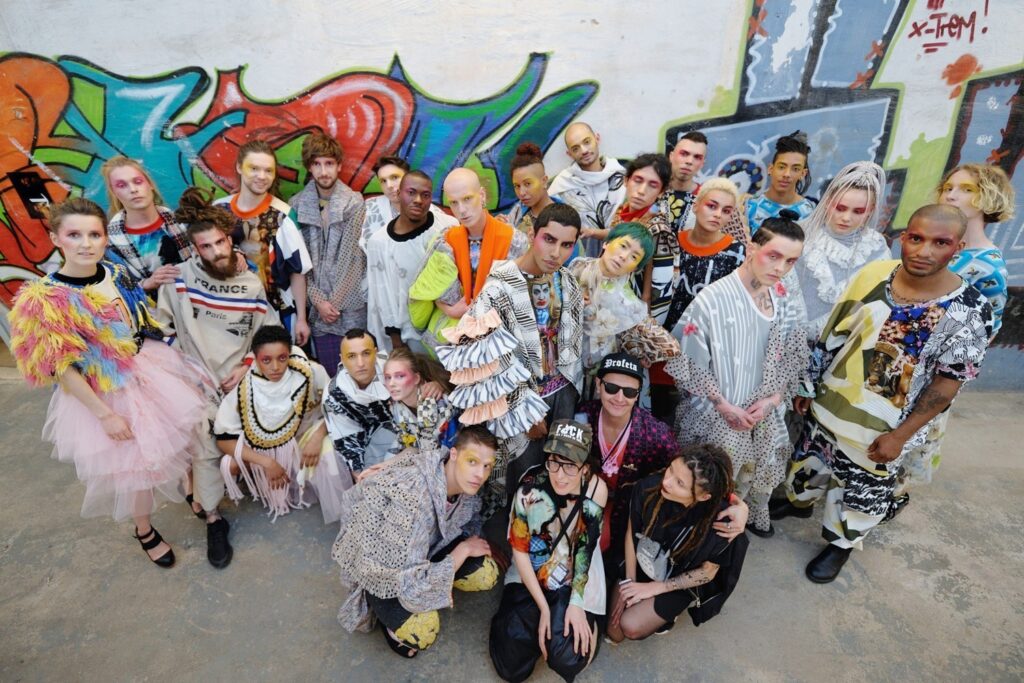
Tata Christiane Fashion Show Backstage – Berlin Alternative Fashion Week
On the opposite, modern liberal cultures have loaded dressing up with psychological meanings, making fashion consumption a matter of existence in the social world.
Layering or freeing up women’s body
Since the 1970s and the Women’s Liberation movement fashion has eventually begun to allow women more freedom of movement, starting with jeans and ovsersized clothing. In Agnes Varda’s 1977 film “One sings, the other doesn’t”, the female characters dress in a colorful beatnik style with patchwork wool sweaters and printed cotton dresses over loose jeans.
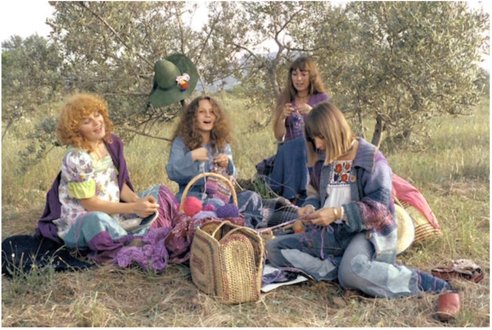
Screenshot from Agnes Varda’s 1977 film “One sings, the other doesn’t”
For the first time, women no longer needed to dress to please the male gaze – they were allowed put the focus on comfort and what they liked.
Layering in traditional societies
Layering is at the basis of many styles: minimalist combinations of black and white urban clothes, traditional styles worn by people from an immigration background, eccentric subcultural clothing… Among Asian communities, garments are seen as a place for sacredness that the poorer and the richer are widely encouraged to invest.

White Hmong female dress. Photograph from Cubbs (1986).(2)
The Laotian Hmong society has known a wave of immigration to the United States in the late 1970s that led to a progressive transformation of Hmong women’s traditional style.
The American norms of appearance were partially integrated, thus decreasing the scope of the symbolic meaning granted to layering: “The importance placed upon child bearing and physical strength, key elements of the traditional definition of female role and success, are minimized in favor of an ideal stressing conformity to American notions of beauty and success.”(2 )(p.65)
(2) Annette Lynch. Dress, Gender and Cultural Change. Asian American and African American Rites of Passage, Berg.; Dress, Body, Culture; Oxford, 1999.
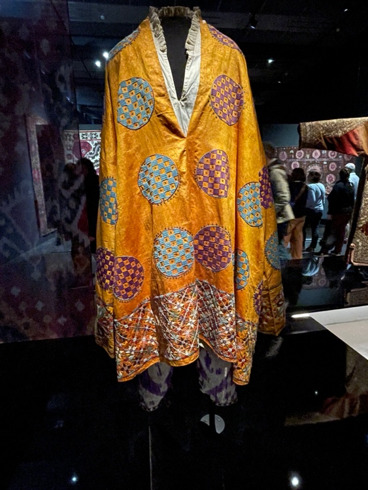
Layering of 2 women’s dresses (‘kulak’ and ‘ichuylak’) and ‘lozim ezor’ pants in cotton and silk with embroideries, from Boukhara, end of 19th century. Sarmacande state museum-reserve. Photograph taken at the Insititute of Arabic World in Paris in February 2023 ©Emma Pedurand.
In Sarmacande, luxurious woven clothing for women referred to their ability to transmit life –weaving would hold a significant role in their life and integrated symbolic patterns.
Layering traditions from Eastern countries might have influenced designers and individuals in the late 20th century, when waves of immigration due to wars in Asia made other clothing paradigms visible to Western peoples.
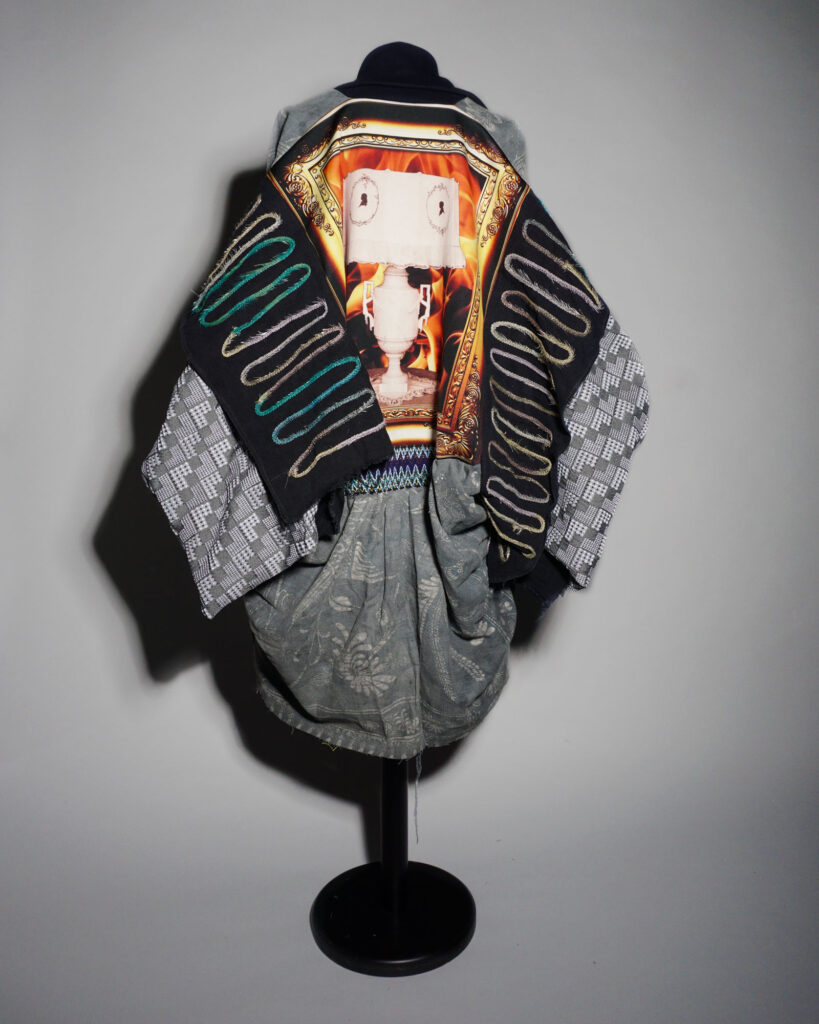
Vintage Chinese Fabrics Upcycled by Tata Christiane
Layering: Normalization or individualization of style?
In recent years, this fashion liberation took two apparently opposed directions: on the one hand, the genderblind search for functionality in fashion gave birth to the ‘normcore’ style (mix of normal and hardcore), as seen during the past fashion weeks – see this article in French Vogue.
On the other hand, the collapse of dressing norms comes with an urge for individuals to look different, style being nowadays widely acknowledged as a statement of personal identity.
Street Style of people wearing Tata Christiane
Those two movements merge in the layering trend: advocates of layering claim eccentricity as a means for individual existence, often granting each item of clothing they wear the affective value of memories.
In the meantime, fashion journalists and commentators usually resort to pragmatic arguments to convince their readers to indulge in the trend of layering: in Scandinavia, layering is perceived as a local specialty. The need for layering would be a pragmatic solution to the tough winter.
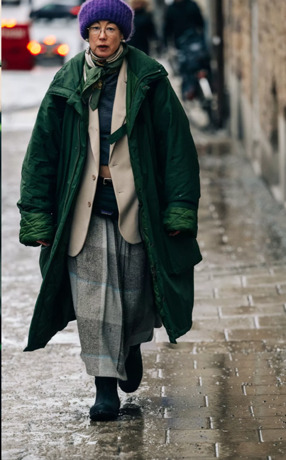
https://www.voguescandinavia.com/articles/how-to-layer-like-the-style-set-in-stockholm
Is layering an ecological trend?
A case can be made that layering enables the infinite reuse of worn-out clothes that can be assembled and reassembled in creative ways. Yet the appeal of layering might also relieve the bad conscience of consumers when they indulge in buying new clothes, be they vintage ones.
Layering has the potential of revolutionizing consumption patterns: once it’s been made clear that styles, shapes and colors can be matched in every possible way, granny’s dresses with child’s jewels, what would we buy new clothes for?
Unique Pieces Collections by Tata Christiane
 Emma is a young visual artist & a sociologist currently writing her thesis on the dynamic of Berliner fashion design. She is open to collaboration with researchers and designers.
Emma is a young visual artist & a sociologist currently writing her thesis on the dynamic of Berliner fashion design. She is open to collaboration with researchers and designers.
You can contact her via email (emma@pedurand.com) or Instagram: @emmapedurand.
